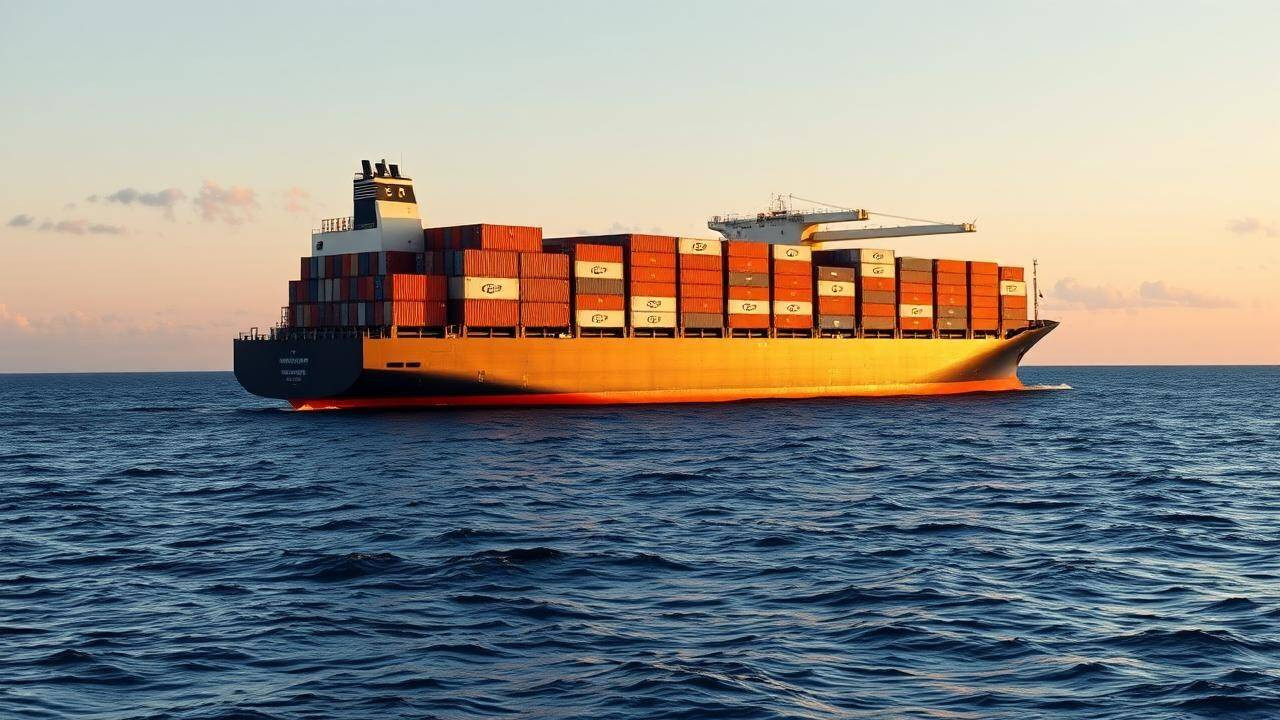India’s exports reached $71.12 billion in May 2025, a 2.77% increase year-over-year, driven by strong services exports which rose to $32.39 billion. While merchandise exports saw a slight dip, the overall trade deficit narrowed to $6.62 billion. During the initial two months of FY26, exports grew by 5.75%, and India’s total exports in 2024-25 hit a record $824.
India’s Trade Winds: A May Day Dip, But Is It Really a Downturn?
So, the latest trade figures are in, and let’s just say May wasn’t exactly a party for Indian exports. We saw a bit of a pullback, and while some might be hitting the panic button, I think it’s time to put on our thinking caps and delve a little deeper before jumping to conclusions.
Okay, the headline figure is a dip in merchandise exports. It’s there, undeniable. Compared to the soaring numbers we’ve gotten used to, this slowdown feels a bit like hitting a speed bump on a smooth highway. But here’s the thing: Economic landscapes are rarely smooth highways. They’re more like winding mountain roads, full of unexpected twists and turns.
What exactly caused this dip? Well, like most things in economics, it’s a cocktail of factors rather than a single culprit. Global demand is certainly playing a role. We’ve all been feeling the pinch of inflationary pressures worldwide, and that naturally translates to consumers and businesses tightening their belts. When purses are a bit lighter, global trade tends to get a little less buoyant. Makes sense, right?
Specific sectors have also contributed to the overall picture. Engineering goods, gems, and jewellery – traditionally strong performers for India – experienced softer demand. These sectors are highly sensitive to global economic currents, and any ripple in the larger pond is quickly felt in their sales figures. Remember, global trade is interconnected, and when one major player sneezes, the rest of us often catch a cold.
Now, before we all start composing eulogies for India’s export boom, let’s talk about the good news tucked away in these figures: the narrowing trade deficit. While exports took a breather, imports also slowed down. This means the gap between what we’re selling to the world and what we’re buying from it is shrinking. That’s a generally healthy sign.
Why is this important? A smaller deficit helps to stabilize the rupee, makes us less reliant on foreign borrowing, and generally paints a more robust picture of the Indian economy. It’s like tightening our belt – not necessarily because we’re broke, but because we want to run a little faster.
What’s interesting to consider is the composition of these imports. A slowdown in certain categories of imports could signify greater domestic production in those areas. If we’re importing fewer finished goods because we’re now making them ourselves, that’s a win for “Make in India” and a boost for the local economy. This is a trend to watch closely in the coming months.
Another crucial point is to avoid comparing this month’s numbers in a vacuum. May 2023 follows a period of impressive export growth. To get a true sense of where we’re heading, it’s important to look at the bigger picture: Are we seeing a sustained downward trend, or is this just a temporary blip? Context is king, and in this case, it’s crucial not to overreact to a single data point.
So, what does the future hold? That’s the million-dollar question, isn’t it? Predicting economic trends is a bit like predicting the weather – you can make an educated guess, but Mother Nature (or, in this case, the global economy) always has the last word.
Several factors will play a crucial role. The health of the global economy, particularly major trading partners like the US and Europe, is paramount. If these economies bounce back, expect Indian exports to follow suit. Government policies and initiatives designed to boost exports are also crucial. Everything from streamlining customs procedures to offering incentives for specific sectors can make a difference.
Ultimately, India’s long-term export potential remains strong. We have a large and skilled workforce, a growing manufacturing sector, and a government actively working to improve the business environment. The key is to stay agile, adapt to changing global conditions, and continue to innovate.
So, while May’s figures might have caused a momentary flutter of concern, it’s vital to see them as a single piece of a much larger puzzle. Let’s not jump to conclusions based on one month’s data. Instead, let’s keep a watchful eye on the trends, analyze the underlying factors, and continue to build a resilient and competitive Indian economy that can weather any storm. After all, true progress isn’t about avoiding bumps in the road – it’s about navigating them with skill and determination. And that, I believe, is something India is certainly capable of doing.







